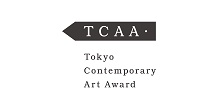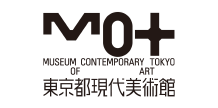KIM Junghyun
- TOP >
- Residency Program >
- Invited Creators >
- KIM Junghyun
Curator Residency Program
update: 2025.4.7
KIM Junghyun
| Participating Project | Curator Residency Program |
|---|---|
| Activity Base | Seoul |
| City / Place stayed | Tokyo |
| Period | 2025.5 - 2025.7 |
Purpose of the residency
My current curatorial practice explores how socially engaged art in contemporary Asia fosters dialogue and belonging through context-responsive approaches. During the TOKAS residency, I will research socially and locally rooted art projects in Japan, focusing on their relationship to everyday life and cultural memory. This inquiry aims to contribute to reframing contemporary Asian art within a shifting global context.
Plan during the residency
- Research and Interviews: I will meet with Japanese artists, curators and researchers in Tokyo and surrounding areas to explore socially and contextually engaged practices.
- Art space and Site visits: I plan to visit various art space and site to learn about their curatorial approaches and discuss potential collaboration for a future project.
- Discursive Exchange(optional): Based on the evolving direction of the research, I will facilitate a small-scale discursive gathering—such as a discussion circle—to explore curatorial ideas through collective dialogue. This setting will offer a space for shared reflection, conceptual exchange, and the development of new perspectives.
Activities during the residency
During my residency at TOKAS, I researched socially engaged art (SEA) in Japan, focusing on community-based projects and artist’s practices addressing social issues. I paid particular attention to site-specificity and modes of aesthetic reconfiguration. I traveled to Tokyo, Setouchi islands, Saitama, Yokohama and Ishinomaki, visiting artist studios, community spaces, memorial sites, and exhibitions. These encounters, I learned how art engages with local and social agendas, opens possibilities for public dialogue, and takes form in exhibitions. Through conversation and interviews with artists, curators, and scholars, I gained insights into how their practices engage with marginalized memories, histories, and communities. I gathered resources, broaden my understanding of contemporary art in Japan, and built networks. Above all, the residency allowed me to frame SEA within an Asian context while deepening my ongoing curatorial inquiry into Socially engaged art.
Ping Pong Platz at Kyokima
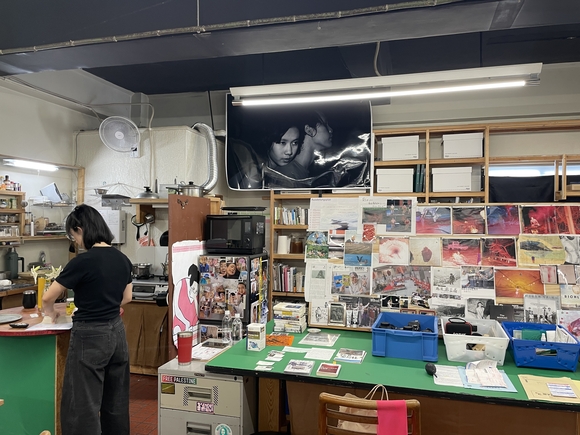
Meeting with Lieko Shiga at the Open Studio, Ishinomaki
Meeting with Shitamich Motoyuki at the Setouchi Archive, Naoshima
Exhibition view of the SAY YES, Sejima
Outcome of the residency
Through this residency, I explored the critical potential of socially engaged art in Japan and to reconsidered its role within a wider Asian context. Rather than viewing SEA only through the familiar frames of participation or ethics, I came to understand it as a situated practice that reconstructs suppressed memories within specific places and communities. From this perspective, I identified three recurring strategies—spatialized memory, temporal disruption, and performative re-inscription—through which SEA intervenes in dominant narratives and reconfigures the relation between memory and power. These insights will form the basis of future exhibitions and writing, and will be shared in upcoming discussion circle to foster dialogue with fellow practitioners. Looking ahead, I plan to extend this research to other regions of Japan and to different parts of Asia, grounding my curatorial practice more critically in situated contexts.
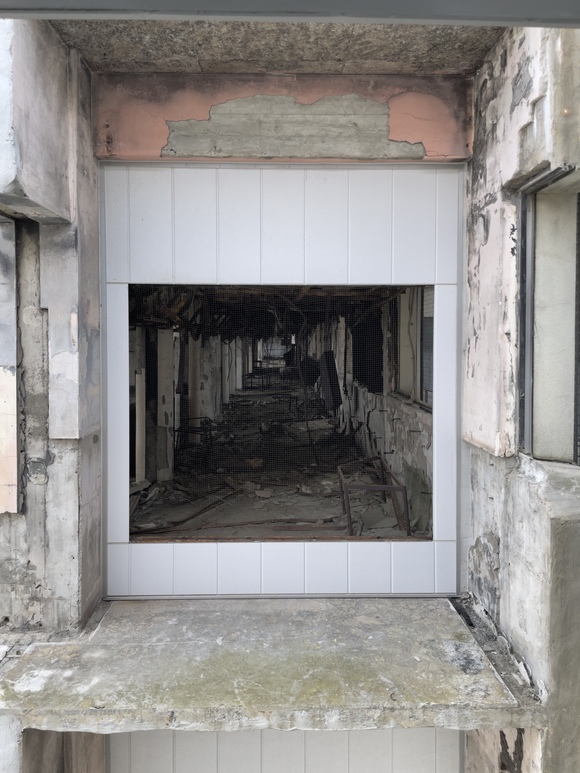
Kadonowaki Elementary School Ruins, Ishinomaki
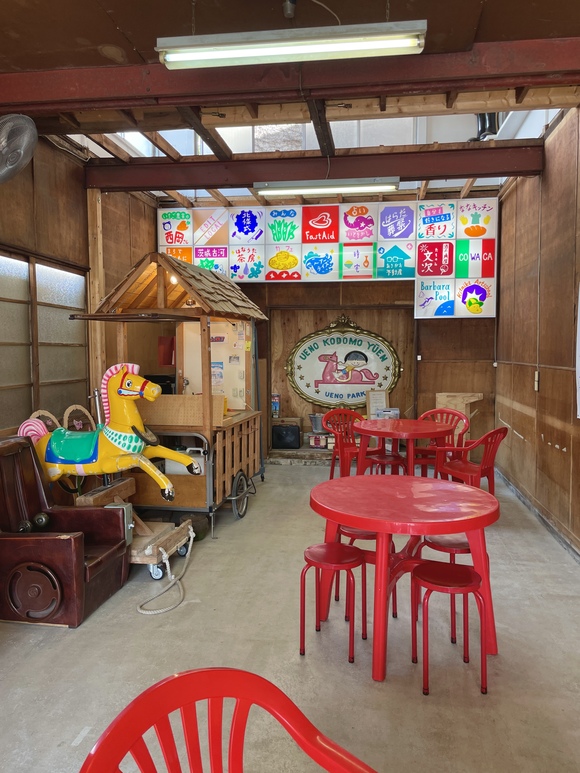
Mokuchin Bunka
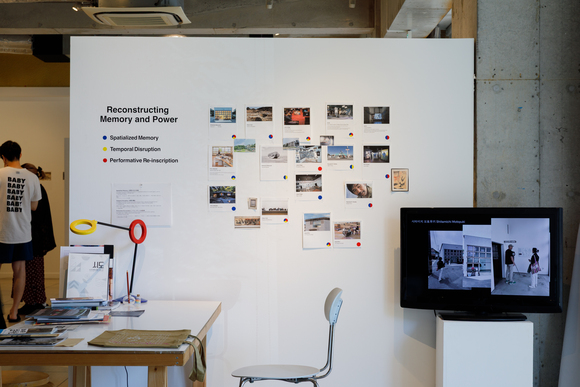
Installation veiw at the Open Studio
Photo: MANIWA Yuki
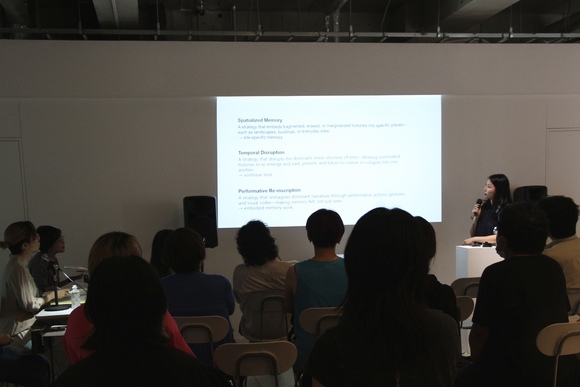
Talk





